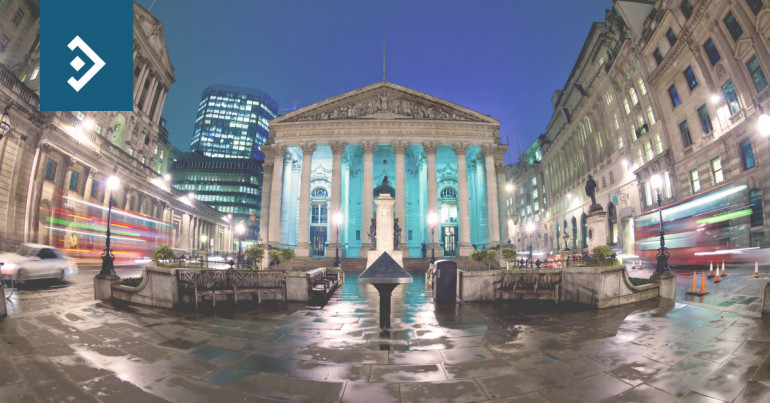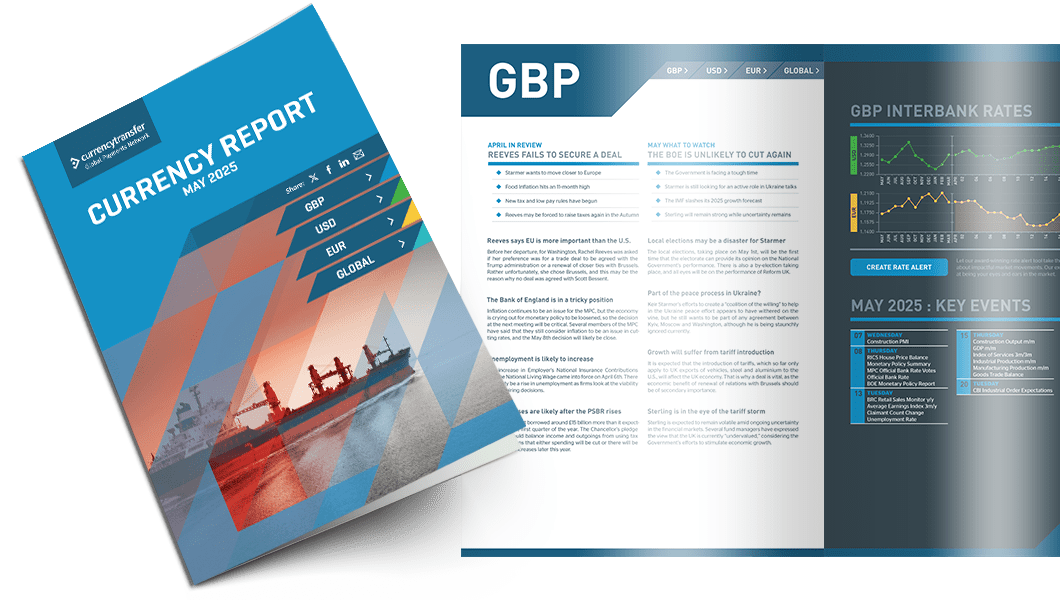
Highlights
- “Big Four” accounting firm upgrades its forecast for the UK economy
- Another Fed President feels another hike is possible
- Far too soon to consider rate cuts according to the ECB’s Vice-President
Bets on cuts are increasing
Such is the market’s impression of Governor, Andrew Bailey, that City economists regularly challenge his comments about the economy and future path of interest rates. Over the past eighteen months Bailey has appeared to lack the decisiveness of his predecessor, often appearing apologetic when announcing the outcome of Monetary Policy Committee meetings.
Currently, the Bank is trying to negotiate a difficult path between lowering inflation and contributing to a recession. Bailey has said this week that it is too early to be considering cuts in interest rates despite his Chief Economist recently saying that in his opinion the market’s view that a cut will take place by August next year is “reasonable”.
Huw Pill has not covered himself in glory this year with his comment, subsequently withdrawn, that people in the UK need to get used to a lower standard of living, but he gave an honest appraisal of the difficulties facing the Bank of England by describing the way MPC members need to be reactive to current conditions which are ever-changing.
When he said that it was reasonable that a rate cut would be expected to take place by next August if conditions stay as they are, but that is very unlikely to be the case.
Meanwhile, Big Four accountancy firm PwC provided a boost for the Bank of England yesterday by upgrading its growth prediction for the UK economy, even while other firms are increasing bets that rate cuts will come sooner rather than later.
In a statement, the firm upgraded its growth prediction to 0.5% for this year, up from 0.1% in its earlier update released in April. Inflation is predicted to end the year at 5% which means that the Government’s promise to halve inflation will be met.
With an end to interest rate hikes having taken place, the previous three months were particularly difficult to predict given rates have been coming ever closer to being restrictive on demand. Now it will be easier to see how the economy is faring with rates expected to remain constant for at least this quarter and the first quarter of next year.
It may well be that Pill’s views are proved to be correct, and the Bank is forced to act, one way or another before August, but for now the market believes that Bailey will be forced into at least acknowledging a conversation needs to take place before that.
The pound has had a tough week so far closing lower on every day. Yesterday, it fell to a low of 1.2218 versus the dollar, closing at 1.2223.
Focus has now changed from the end of rate hikes to speculation about which G7 nation will initiate the first rate cut, and the odds currently favour the Bank of England.

Read our latest currency report
Most impactful events planned this month and how they could impact your business
Monetary Policy will be tightened further if deemed necessary
There has been noticeably less talk of a soft landing from the plethora of FOMC members who have made speeches this week although some major Wall Street banks like Bank of America now have lower inflation and the avoidance of a recession as their “base case”.
Kathleen O’Neill Paese, the interim St Louis Fed President spoke yesterday of her view that the FOMC has time to consider the next move in interest rates and that it is too soon to declare a victory in the war against inflation.
O’Neill Paese has not let the fact that she is only the interim President deter her from making forthright comments. Her Predecessor, James Bullard announced in July that he was stepping down after thirty-three years.
Jerome Powell, yesterday making his second speech of the week, was more forthcoming than he had been the day before, commenting that the Fed won’t hesitate to raise interest rates if they believe it to be necessary.
It may be that the Fed’s economists have had a preview of the October inflation data and prices have not fallen at the rate that they had been previously expected to.
Powell spoke in more general terms saying that only time will tell if interest rates have been raised enough to bring inflation down to the Fed’s 2% target.
Last month’s jobs report was the first where it was clear that rates have become restrictive but given that the data can be fickle and there has been no trend lower established yet, the FOMC is keeping its options open.
There does, however, seem to be little or no chance of the Fed driving the economy into recession which was the fear earlier in the year.
A certain amount of unpredictability is healthy for the markets which had become maybe too used to the cycle of rate hikes that was happening throughout the first three quarters.
The dollar index is continuing to gain strength from the possibility of further tightening. Yesterday, it closed at 105.90 having reached 105.96 and has now managed to regain the losses it made at the end of last week due to the unexpectedly weaker employment data.
Lane confuses the market
Quite recently Lane was heard to say that a soft landing for the Eurozone was not out of the question despite what many had seen as a heavy-handed approach to monetary policy.
Christine Lagarde said before the last meeting to the Bank’s Governing Council that it was not interested in a pause to allow the economy to catch up and when the end came to the cycle of hikes, it would be because there was certainty that that rates had become sufficiently restrictive.
The comments this week from Lane and the Head of the Austrian Central Bank make Lagarde’s comments appear a little premature.
Ursula von der Leyen, the President of the European Commission faced demands from business leaders at a conference yesterday that she prioritises the region’s falling competitiveness which they feel is hampering investment.
Business investment and confidence have fallen to pre-Pandemic levels recently as rising interest rates and an energy crisis have hit the economy hard.
As Mario Draghi commented earlier in the week, the economy is likely to be mired in a recession by the end of the year and there may be a case for interest rates to be lowered, although given the general hawkishness displayed by the Governing Council that is seen a very unlikely to take place.
One institution supporting the ECB’s stance is the IMF which believes that it is vitally important for the Central Bank to maintain its stance over interest rates.
It urged not just the ECB to keep its stance but other G7 nations to keep a commitment to lowering inflation which it still sees as a major obstacle to future stability.
There are concerns being expressed around European Capitals that the Euro may start to suffer which could lead to imported inflation as a lower euro means imported goods and services cost more and won’t be offset by experts becoming cheaper.
Yesterday, the single currency fell to a low of 1.0660, closing at 1.0663
Have a great day!

Exchange rate movements:
09 Nov - 10 Nov 2023
Click on a currency pair to set up a rate alert
Alan Hill
Alan has been involved in the FX market for more than 25 years and brings a wealth of experience to his content. His knowledge has been gained while trading through some of the most volatile periods of recent history. His commentary relies on an understanding of past events and how they will affect future market performance.